Using AI to Hone Your Quest for the Best Talent
[Editor’s Note: Today’s post comes from Alexandra Levit, workforce and human capital author, analyst, consultant and futurist and Managing Partner of PeopleResults.]
At Rival, formerly SilkRoad Technologies’s annual Connections conference last week, we talked a bit about creative sourcing and how to uncover passive candidates who, for whatever reason, aren’t applying directly to your company.
We also touched on the topic of applied technology skills – or understanding the technology available to help you do your job more efficiently. And as human capital professionals, having applied technology skills means you’re aware of how much AI can simplify and augment your recruiting efforts.
Think about what’s considered smart recruiting today. In many cases, and I’m not knocking the practice, you’re examining individual LinkedIn profiles. However, AI-driven programs can look at profiles, too, to the tune of three or four billion pages of data a day. They can also scour the whole Internet for qualified talent, not just the job board homes of active candidates.
AI’s benefit is not just in volume either. These programs can also sort the data and prioritize candidates for any open position based on your stated requirements. Right now, you might have a job description or checklist of everything you’d like to see in an ideal candidate, but whether that person fits the bill (or enough of the bill) is often a subjective decision.
On the other hand, AI solutions can help you systematically evaluate factors that make a good hire regardless of level or function, such as agility, high work ethic, responsiveness and the ability to learn. And although they aren’t bias-free, AI algorithms can often do a much better job at evaluating diverse candidates more fairly than humans.
AI can enhance the hiring process for active candidates too. In most talent acquisition systems, you have to hope the candidate finds the right job on your website and sticks with the application from start to finish. But when you leverage AI, the candidate might simply upload their resume, and the system will suggest relevant open positions. AI can also be used to recommend appropriate positions to loyal employees who wish to move internally.
In both cases, your AI partner may spot a pairing that you, the human capital professional, might not have considered. For instance, due to obvious differences in experience, perhaps you would have overlooked a candidate in marketing applying to operations. However, your AI solution noted that the marketing candidate had substantial crisis management skills, a major skill set required for this operations role.
AI involvement doesn’t negate the need for human participation. Throughout the process, candidates still want to interact with people and will often accept or decline a job based on the feelings those interactions engender. The key is to understand how AI can support your efforts to provide the best possible recruiting experience for the best talent.
If you missed my Rival, formerly SilkRoad Technology Connections session on post-pandemic era talent identification, I hope you’ll catch the replay and get in touch with any thoughts or feedback!



















